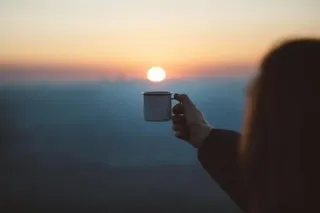The Big at Large Blog
by Sarah Thompson

My presentation on the history of medical thought
My presentation for the Brownstone Institute on the work of Harris Coulter ...more
Main
July 08, 2024•3 min read

Worth Your Weight In Gold
Morning Quick Takes! Just last week, I was talking with a client who has been working with me on her feelings of unlovability, feelings for which she believed she could find ample proof in her past ex... ...more
Main
June 06, 2024•2 min read

Recommended Resources
A Few Tools To Help You On Your Way. This post is a companion to my Intro to Homeopathy, Prepper Kit, and Grafting Tutorials. ...more
Main
June 06, 2024•1 min read

Starve Fauci with Me!
Would you sell your integrity and participate in the murder and maiming of your friends and neighbors, for over $700 million dollars? ...more
Main
June 05, 2024•2 min read

Abusing Your Trust, Abusing Your Health
In 2012, Glaxo-SmithKline surpassed it at $3 Billion,1 and that’s only when they get caught breaking the law. Most of the money they spend to compel your doctor to do their bidding is perfectly legal... ...more
Main
May 18, 2024•5 min read

Rethinking Insomnia
My great grandfather never slept a night in his life. Pretty amazing, when you learn that he lived to 94. ...more
Main
May 17, 2024•5 min read
